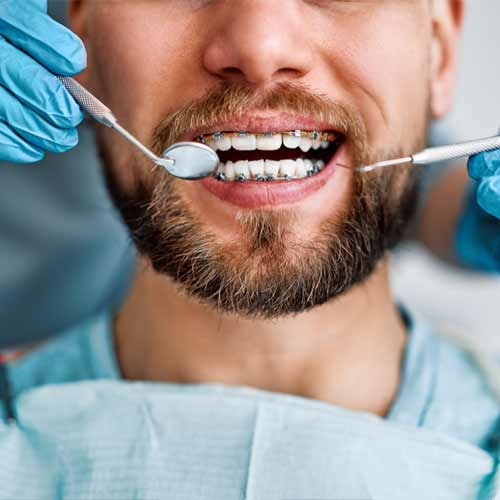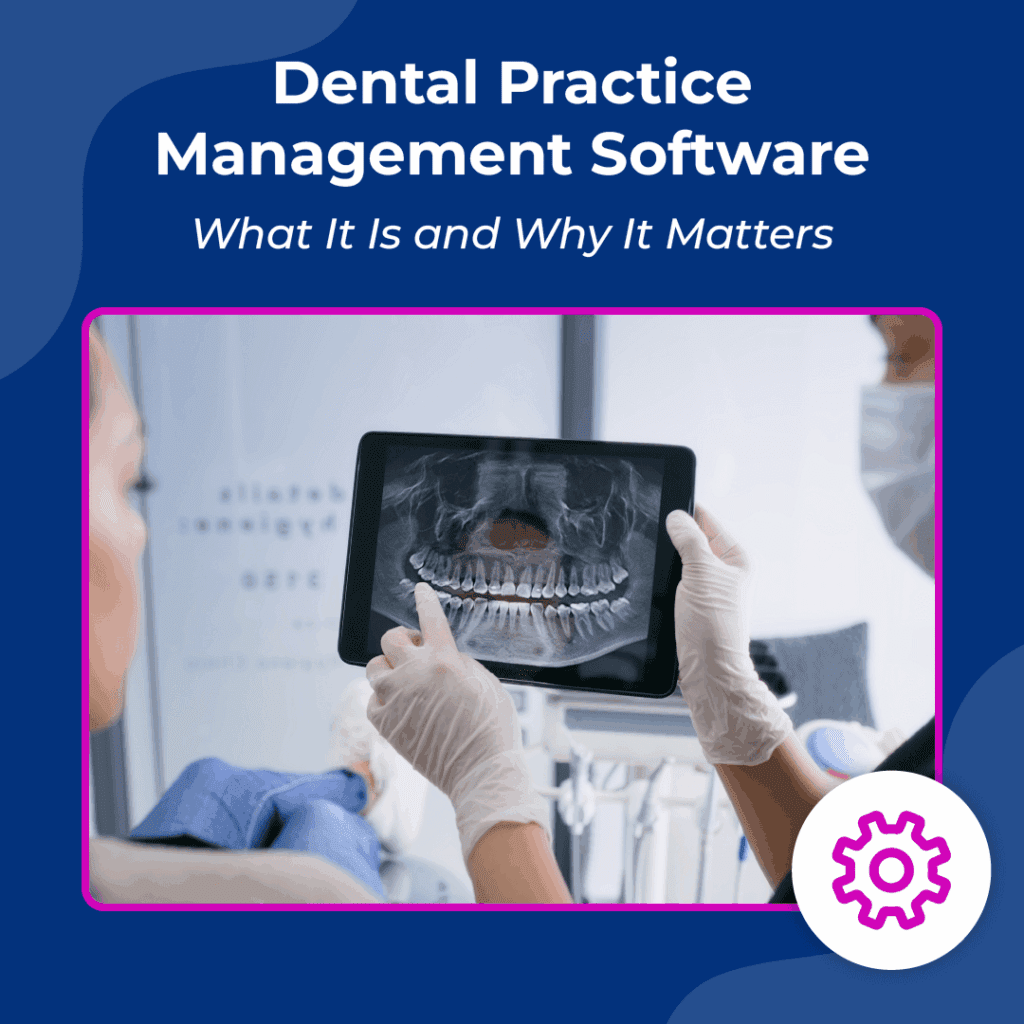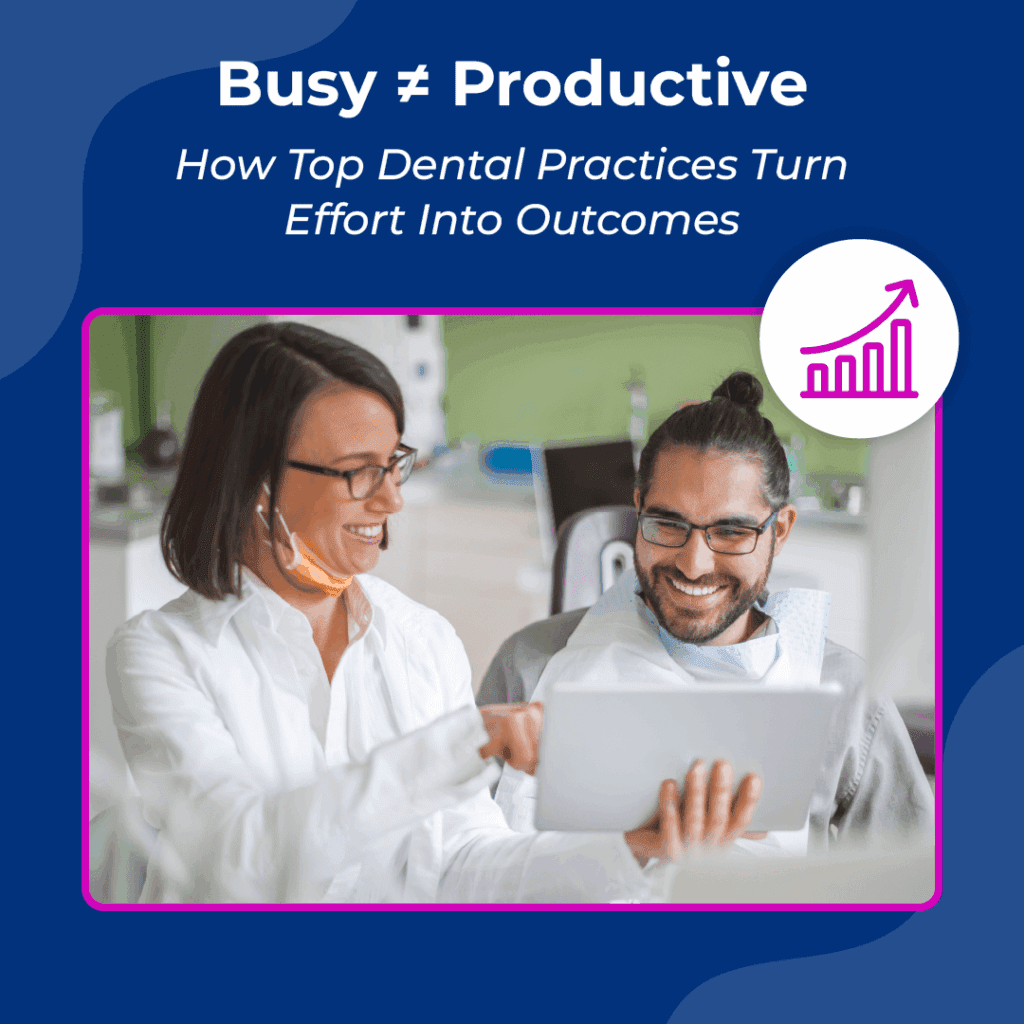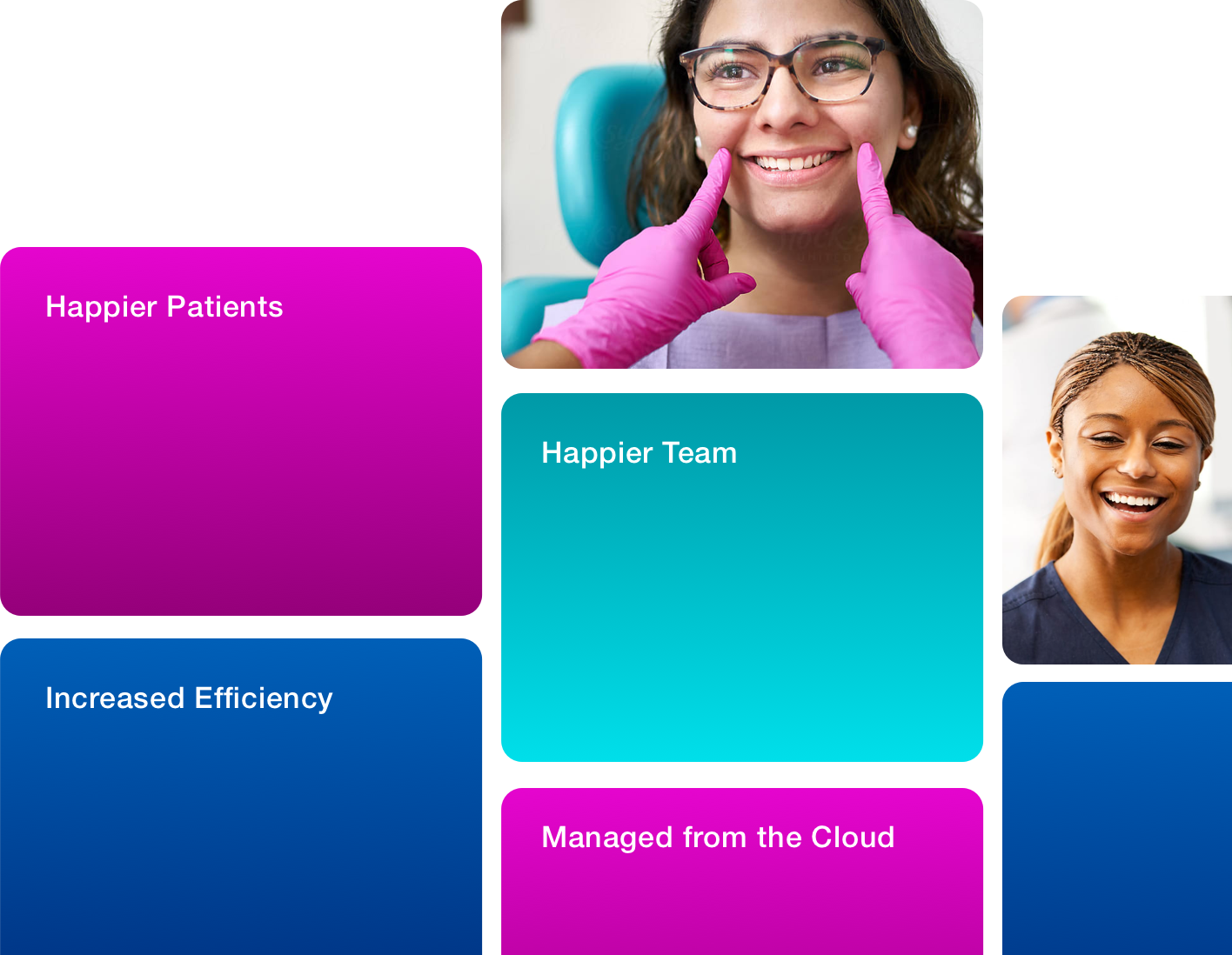Patients expect modern, predictable dentistry. Evidence-Based Dentistry (EBD) gives clinicians a simple way to meet that expectation: use the best available research, apply clinical expertise, and align with patient values—every time.
This guide defines EBD in plain language, outlines the standard 5-step process, explains why it matters, and shows how Kois protocols operationalize EBD with a risk-based, repeatable model your team can use daily.
What Is Evidence-Based Dentistry (EBD)?
Evidence-Based Dentistry (EBD) is an approach to care that integrates:
- the best current scientific evidence,
- the clinician’s expertise, and
- the patient’s needs and preferences to make informed treatment decisions.
In short: EBD replaces guesswork and habit with a structured, science-guided process.
Foundational frameworks include:
- PICO: Patient/Problem, Intervention, Comparison, Outcome. This structure helps clinicians form focused clinical questions and guide literature searches.
- The 5 A’s: Ask, Acquire, Appraise, Apply, Assess. These steps build a repeatable process for using evidence in clinical decision-making.
These models help clinicians frame questions, find relevant data, critically evaluate studies, and apply findings to daily practice.
Why EBD matters
-
Better outcomes, fewer redos: Protocols guided by high-level evidence reduce post-op surprises and retreatments.
-
Consistent standards across providers: Shared frameworks reduce variability between clinicians and visits.
-
Clearer patient conversations: Evidence + visuals raise understanding and case acceptance.
-
Stronger documentation: Linking plans to evidence improves compliance and team confidence.
The Kois Approach to EBD
The Kois Center builds on EBD frameworks by introducing four core risk categories:
- Biomechanical: Tooth structure and breakdown risk
- Periodontal: Gum health and inflammation risk
- Functional: Bite alignment and parafunction
- Aesthetic: Smile design and cosmetic goals
This structured approach ensures clinicians consider foundational health risks before addressing cosmetic concerns, which helps prevent premature failure or complications. Kois-trained dentists are taught to prioritize long-term success over short-term fixes.
Graduates of the nine-course Kois curriculum, who pass rigorous testing and case evaluations, may become Kois Mentors—leaders and educators in the Kois philosophy. The curriculum is grounded in independent research and regularly updated with new evidence and protocols.
How to Bring EBD Into Your Clinic
Successfully implementing EBD takes more than a single course. It involves creating a learning culture and embedding EBD into your clinic’s daily operations.
- Train with the Kois Center: Structured programs ensure deep understanding of evidence-based risk assessment and planning.
- Standardize protocols: Use tools like Oryx’s Clinical Management Module that align with Kois principles to streamline diagnostic and treatment planning.
- Monitor performance: Track KPIs such as treatment success rates, retreatments, and patient satisfaction using integrated dental software like Oryx’s Practice Management Module.
- Promote shared decision-making: Engage patients with visualizations, risk scores, and science-backed recommendations to increase case acceptance.
Incorporating tools like Oryx helps automate risk assessments, document clinical reasoning, and ensure every treatment recommendation is backed by evidence.
Barriers and Solutions
- Challenge: Staff resistance or lack of time
- Solution: Start with short EBD modules or delegate a champion to lead adoption. Highlight case studies showing reduced retreatments.
- Challenge: Budget constraints
- Solution: Prioritize high-ROI tools, pursue continuing education subsidies, or attend Kois-sponsored events.
- Challenge: Measuring effectiveness
Solution: Use dashboards to analyze clinical data, conduct peer reviews, and use patient satisfaction surveys to monitor progress.
Conclusion: Let the Evidence Speak
Integrating Kois protocols isn’t just a clinical upgrade—it’s a strategic advantage. It reduces variability, improves care quality, and boosts patient confidence. With tools like Oryx and guidance from Kois, clinics can finally operationalize evidence-based dentistry and set a new standard in care.
CTA: Learn how Oryx helps dentists adopt Kois protocols with built-in clinical workflows and automated risk assessments. Book a demo →








